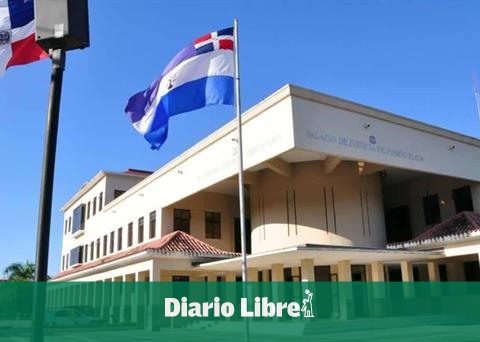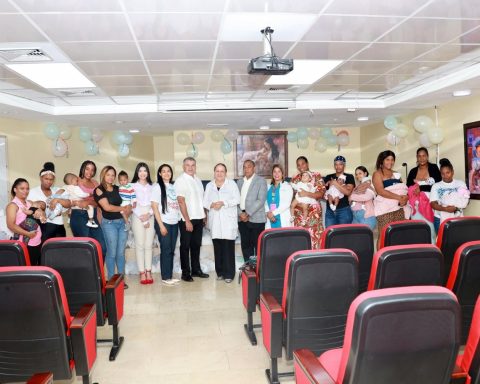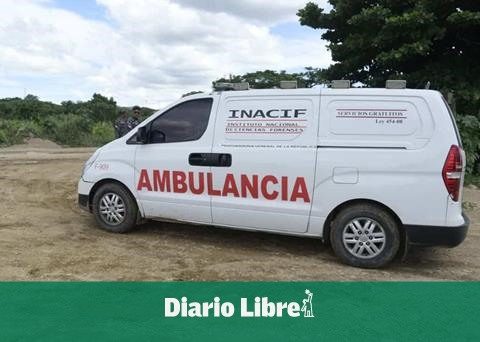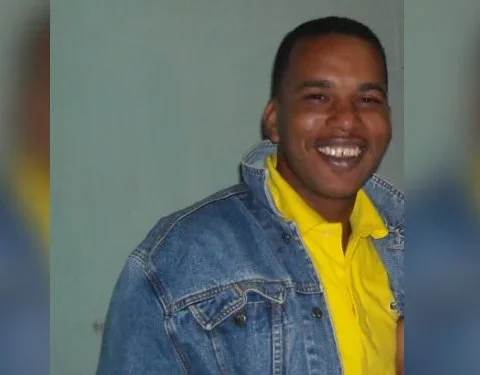Santo Domingo. – The Santo Domingo Water and Sewer Corporation (CAASD) and the Dominican Association of Universities (ADOU) met to establish guidelines for the future of the water in the context of a society increasingly committed to sustainability and responsible consumption.
At the discussion “The Future of Water,” CAASD director Felipe Suberví presented new projects to guarantee the supply of water and drinking water in Greater Santo Domingo for the next decades.
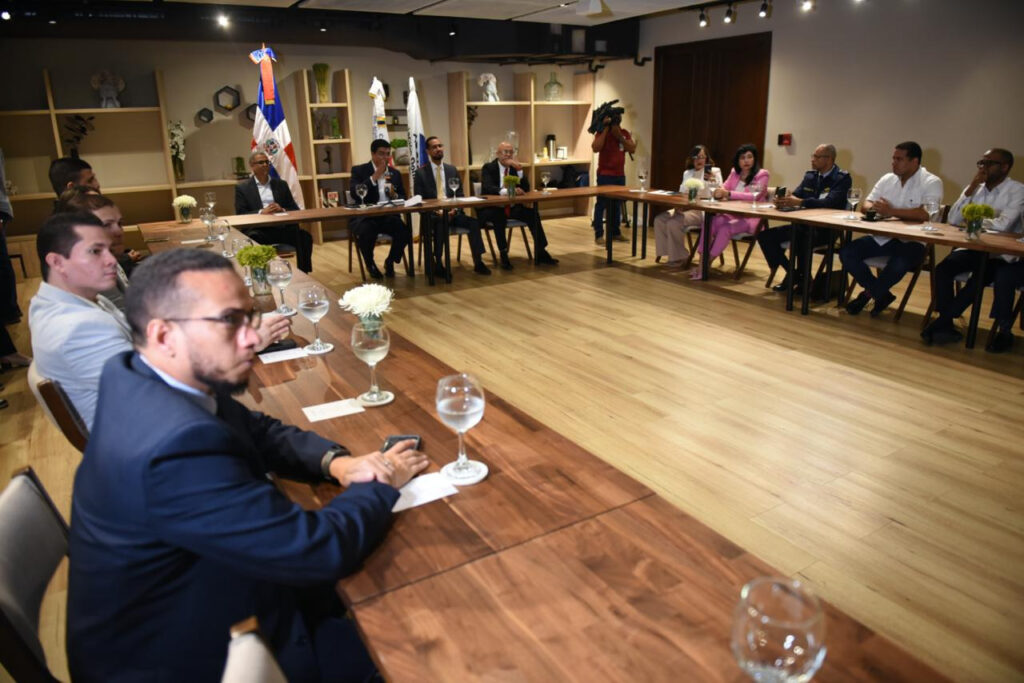
Suberví detailed strategic initiatives such as the construction of the Haina dam (or Madrigal dam) and the conduction of water from the Hatillo dam, which will include a pipeline of approximately 66 km, with a capacity of 10 m³ of water, almost 50% of the city’s current production. In addition, the Don Juan dam in Monte Plata was highlighted, with a capacity of 4 m³.
According to the official, these initiatives are designed to address growing water demands and ensure a sustainable supply in the long term.
In this regard, Suberví shared significant details about recent advances in the production and distribution of drinking water in Greater Santo Domingo.


He also said that CAASD has reached a record figure of 470 million gallons per day, an achievement that has allowed more than 100 communities to receive piped drinking water for the first time.
“This progress is essential to improve access to water in our communities,” said Suberví.
He also highlighted the recovery of production at the Salinity Barrier, with an initial phase of 4 m³ and a projection to reach 6 m³ in a second phase. “We will allocate 1 m³ of this capacity for the inhabitants of Santo Domingo Norte,” he explained.
In terms of digitalisation, Suberví stressed the importance of the automation of services and the opening of the new monitoring centre. “These advances are crucial to improve operational efficiency and offer a faster response to our users,” he said.
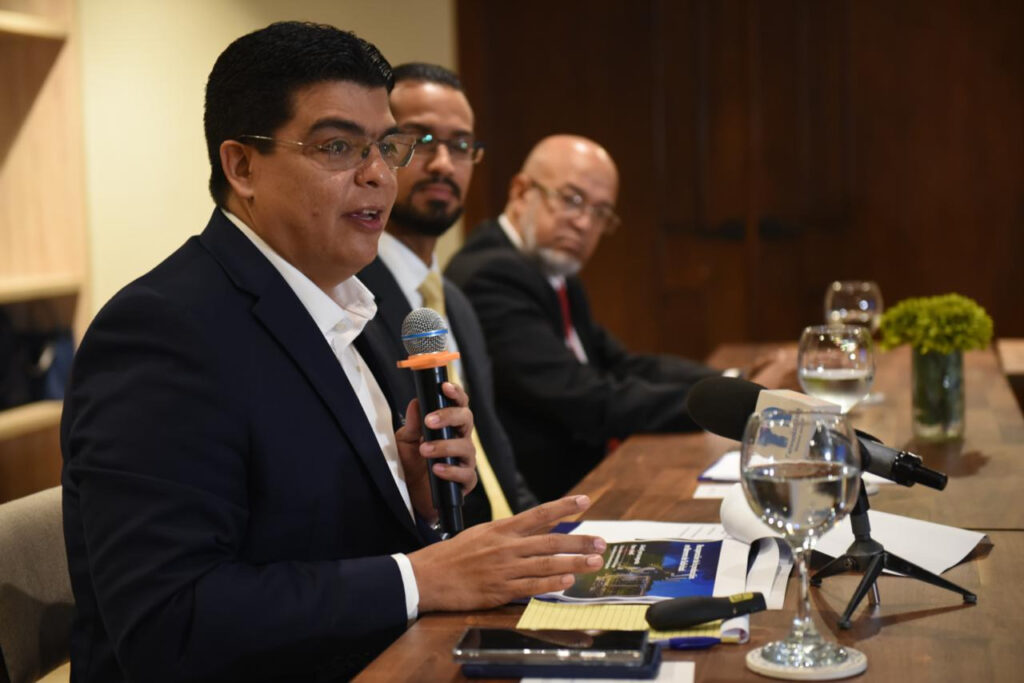

Regarding the well fields, he highlighted that the construction and electrification of the wells in Santo Domingo Norte have benefited more than 30,000 residents, and that the community of Lechería in Santo Domingo Oeste will benefit from new wells that will impact more than 50,000 residents.
The director of CAASD also commented on the rehabilitation of six water tanks in Greater Santo Domingo, which, after years without maintenance, are once again in operation. “These tanks are now providing drinking water to hundreds of families,” he said.
Regarding treatment plants, Suberví indicated that the Prados de San Luis treatment plant in Santo Domingo Este and the Hainamosa plant have solved decades-old problems, benefiting more than 200,000 inhabitants. “These rehabilitations are essential for the proper treatment of wastewater and domestic water,” he said.
In another order, ADOU President Wady Ramírez indicated that water is a limited resource that involves various disciplines and that universities can offer a multidisciplinary approach to address the reality of this relevant liquid from different perspectives.
“Academies are research centres and trainers of today’s and tomorrow’s leaders who need to have social sensitivity and mastery in the management of natural resources and environmental sustainability,” he said.
The meeting was attended by personalities from the water sector, students, professors and special guests.


